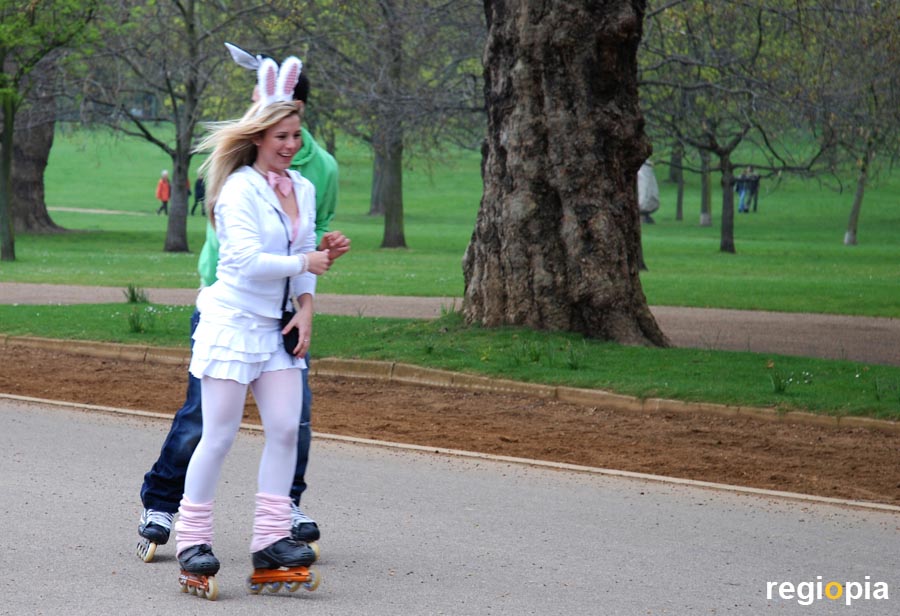
Hyde Park
Hyde Park is the largest green space in central London. The approximately 2.5 km² park was the model for many parks around the world. The name goes back to the Hyde Manor country house that once stood here. Strictly speaking, Hyde Park consists of two parts, Hyde Park in the east and Kensington Gardens in the west. The road that crosses the park from south to north forms the border between the two green areas.
History: King Henry VIII bought the land from the Canons of Westmister Abbey and made it a hunting ground. Charles I opened the site to the people in 1637. In 1733 the green area was transformed into a park.
Sights: The Speakers' Corner on the corner of Park Lane and Oxford Street is famous, where everyone is free to express their opinion, but the royal family must not be criticized. The lake in Hyde Park is called The Serpentine and is a popular destination for rowing boats. The Serpentine Gallery is famous for its temporary pavilions, which are redesigned each year by a different famous architect.
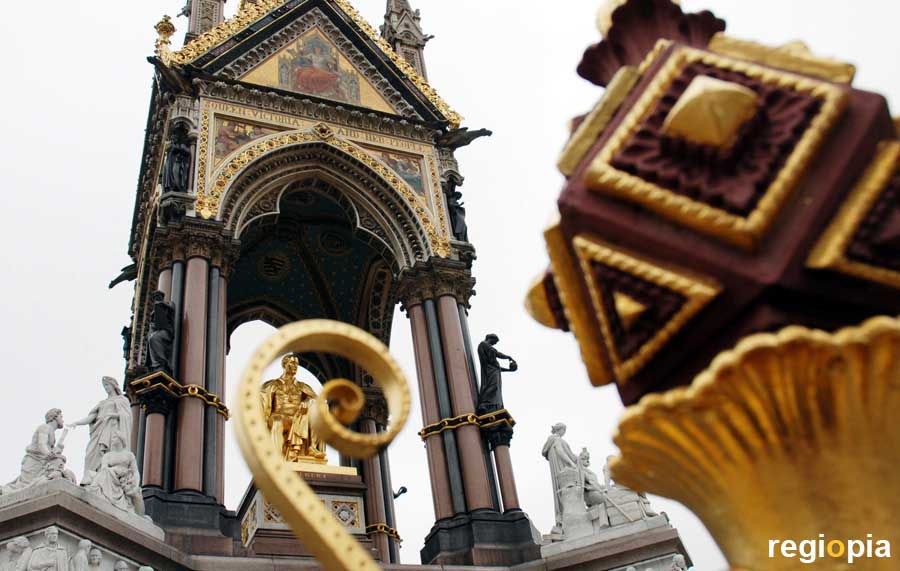
Albert Memorial
One of the most famous attractions in Hyde Park is the Albert Memorial. It was built by George Gilbert Scott in 1875 on the initiative of Queen Victoria. It is dedicated to her husband Albert von Sachsen-Coburg and Gotha, who died in 1861. The Albert Memorial shows very beautiful groups of figures representing the four continents. The monument stands in the south of the park, across from the Royal Albert Hall.
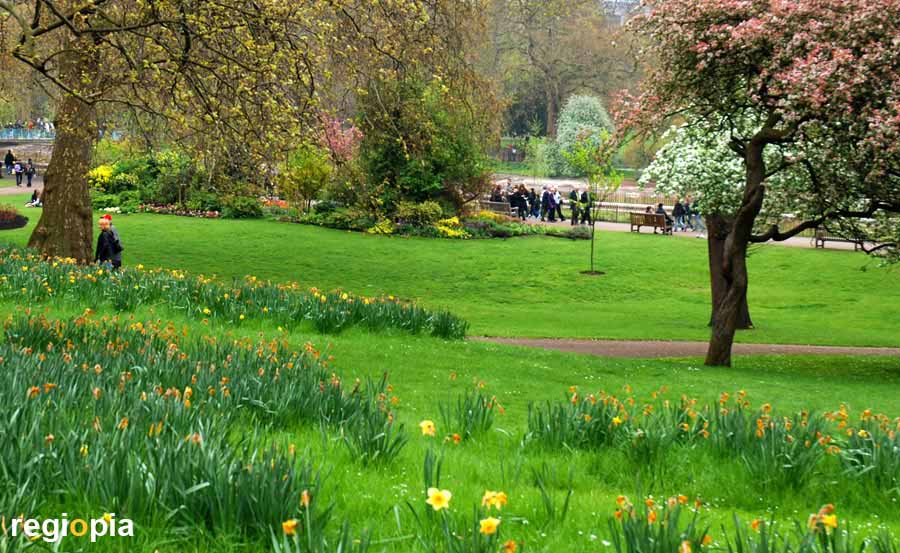
St. James's Park
St. James Park was named after a hospital that stood here when King Henry VIII bought the land in 1532. He built St James's Palace and used the property as a game park. King Charles II opened the park to the public around 1680. In 1827, the park was redesigned according to John Nash's plans, and the canal was converted into a lake. St. James Park is just in front of Buckingham Palace and is bordered to the north by The Mall, Downing Street No.10 is to the east of the park.
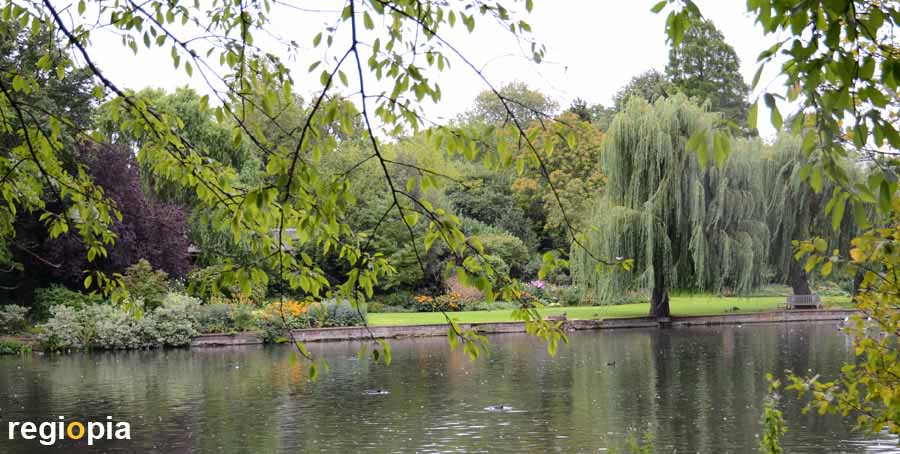
Regent's Park
Regent's Park is almost as big as Hyde Park but is less visited by tourists. To the north of the park is the London Zoo with a famous reinforced concrete penguin ramp by Ove Arup. The most beautiful part of Regent's Park is in the south around the Boating Lake, where you can rent pedal boats. There are also several cafes, a rose garden and an open air theater in the park.
There is also a lot of interesting things to discover around Regent's Park. The Sherlock Holmes Museum and Madame Tussauds wax museum are located at Baker Street Station. To the west is the London Central Mosque and Lord's Cricket Ground, behind which Abbey Road begins, with the famous Beatles zebra crossing.
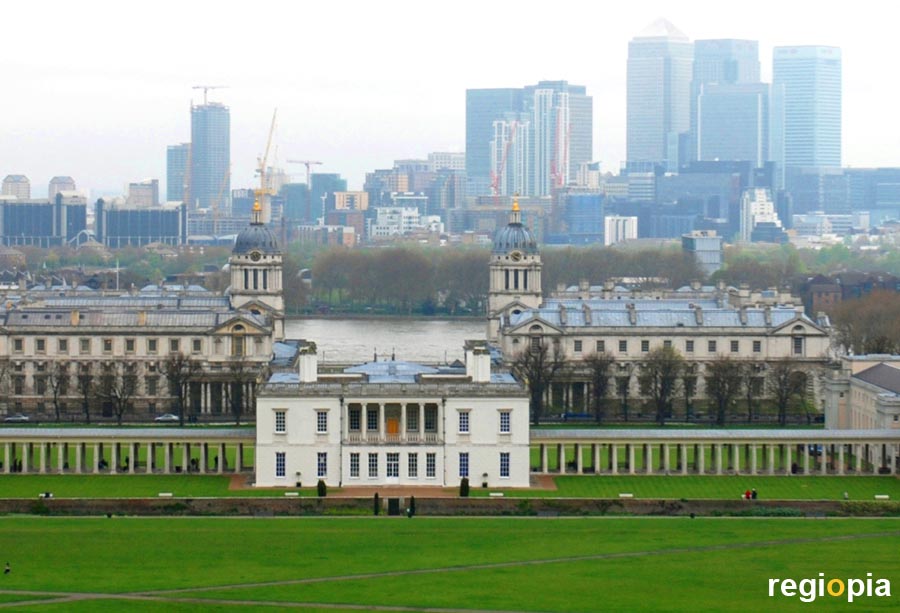
Greenwich Park
Greenwich Park was also formerly a royal hunting reserve, which was opened to the general public in the 18th century. The panorama from the famous Royal Observatory of the Thames and the Docklands skyline is very beautiful. The Queen's House is in the foreground and the National Maritime Museum is to the left.
Map of parks und gardens in London
ads
Parks and Gardens London
There are many great parks and gardens in London. Many of these parks used to be the hunting grounds of the aristocracy until they were opened to the public. Hyde Park in London was the model for many parks around the world.
ads
ads


